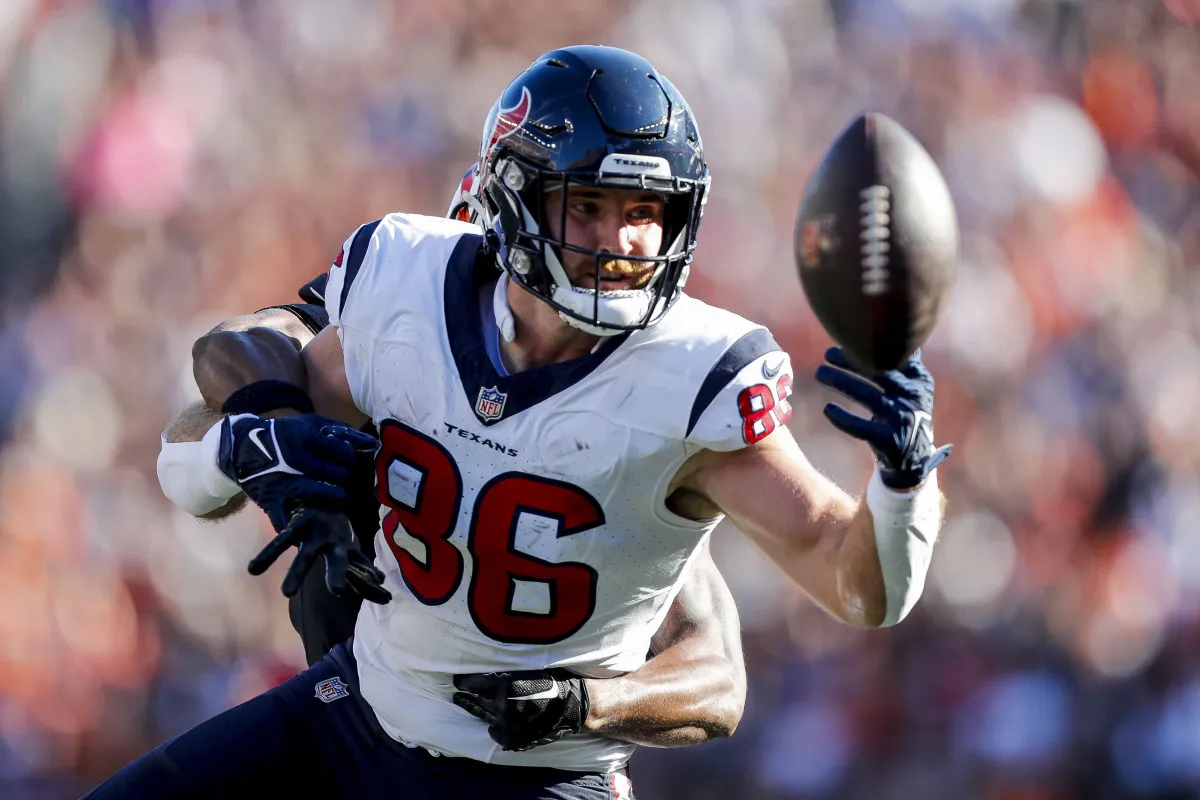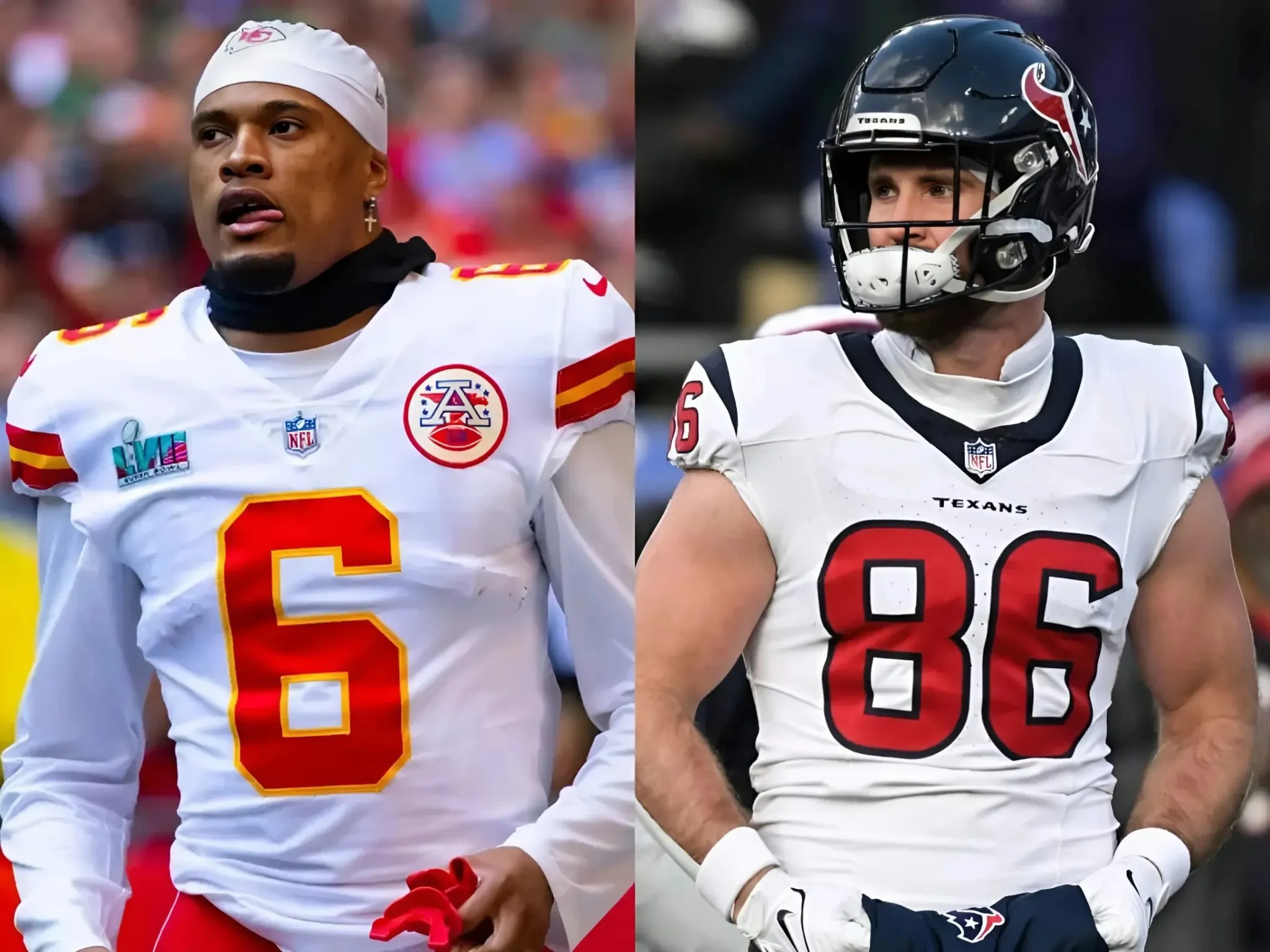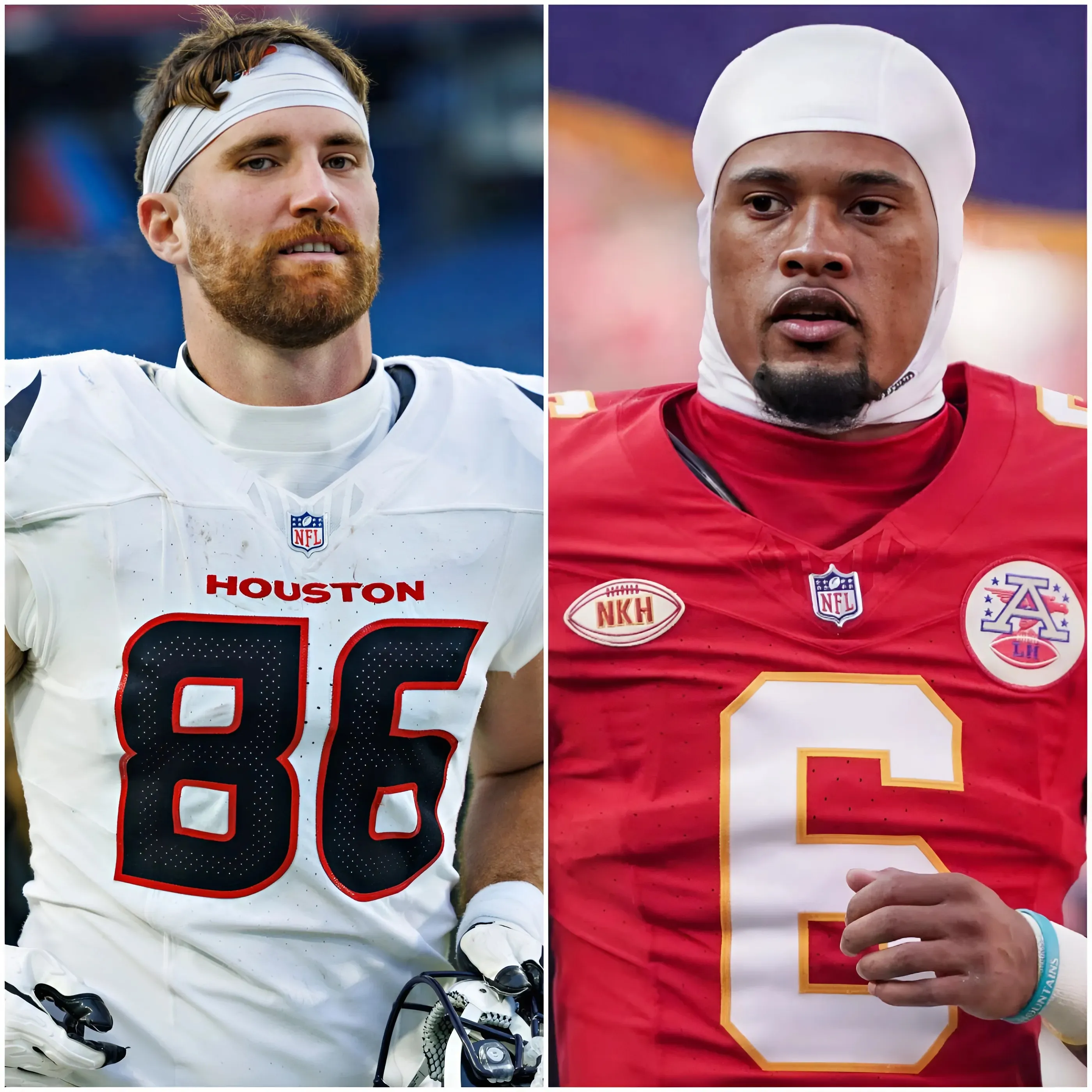
The incident in question occurred during the second quarter of the tightly contested matchup. Schultz caught a short pass and was being brought down by Cook when the Chiefs safety appeared to execute a hip-drop tackle. This technique, which involves the defender dropping their hips and using their body weight to bring the ball carrier down, has come under increasing scrutiny in recent years due to its potential to cause serious leg and ankle injuries. While the play was reviewed, officials on the field deemed the tackle legal at the time, and no flag was thrown. Schultz was able to walk off the field under his own power and, thankfully, did not appear to suffer any significant injury.

However, the NFL’s review of the game footage clearly painted a different picture. The league’s disciplinary committee, after careful consideration, determined that Cook’s tackle constituted an illegal hip-drop, warranting the hefty fine. The substantial amount reflects the league’s commitment to deterring this type of tackle and prioritizing player safety. This move sends a clear message to players across the league: even if a hip-drop tackle isn’t flagged in the moment, it can still result in significant repercussions after the game.

The controversy surrounding this fine stems not only from its magnitude but also from the lack of an on-field penalty. Many fans and analysts argue that if the tackle was deemed illegal enough to warrant such a significant fine, it should have been penalized during the game. This inconsistency in officiating has fueled concerns about the clarity and application of the rules regarding hip-drop tackles. Players are left wondering what constitutes a legal tackle versus an illegal one, and the lack of clear guidelines can lead to confusion and frustration.
The Cook fine also highlights the broader debate about the balance between player safety and the physicality of the game. Football is inherently a contact sport, and tackling is a fundamental aspect of the game. However, the league has a responsibility to protect its players from unnecessary harm. The challenge lies in finding the right balance between allowing for hard-nosed, competitive play while also ensuring that players are not put at undue risk of injury.
The NFL has taken significant steps in recent years to address player safety, including implementing stricter rules regarding helmet-to-helmet hits and targeting. The focus on hip-drop tackles is another example of the league’s ongoing efforts to make the game safer. However, the Cook case demonstrates that there is still work to be done. The league needs to provide clearer guidance to players and officials regarding what constitutes a legal tackle, and it needs to ensure that the rules are applied consistently across the board.
The Cook fine is likely to have a ripple effect throughout the league. Players will be more aware of the risks associated with hip-drop tackles, and coaches will likely emphasize proper tackling techniques in practice. Officials will also be under increased scrutiny to identify and penalize illegal tackles. This incident serves as a reminder that player safety is paramount, and the NFL is committed to taking action to protect its players, even if it means issuing substantial fines after the game.
While some may argue that the fine is excessive, others will see it as a necessary step to deter dangerous tackling techniques. Regardless of where one stands on the issue, the Cook fine is a significant event that will undoubtedly shape the way the game is played in the future. It underscores the league’s commitment to player safety and highlights the ongoing evolution of the rules and officiating in professional football. The debate surrounding hip-drop tackles is far from over, and the Cook case will serve as a crucial point of reference as the league continues to grapple with this complex issue. The NFL’s handling of this situation will be closely watched by players, coaches, and fans alike, as it will provide further insight into the league’s approach to player safety and the future of tackling in football.


